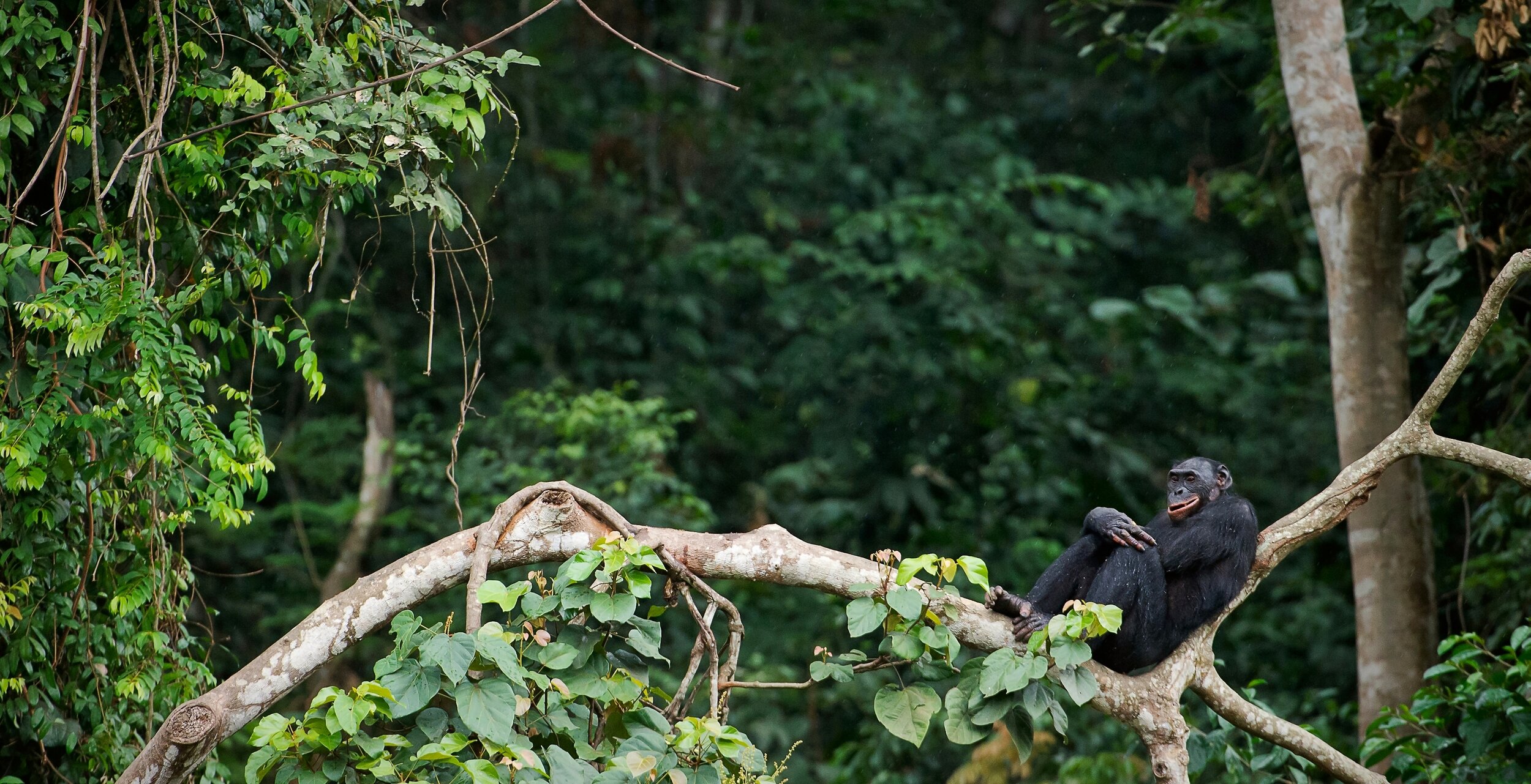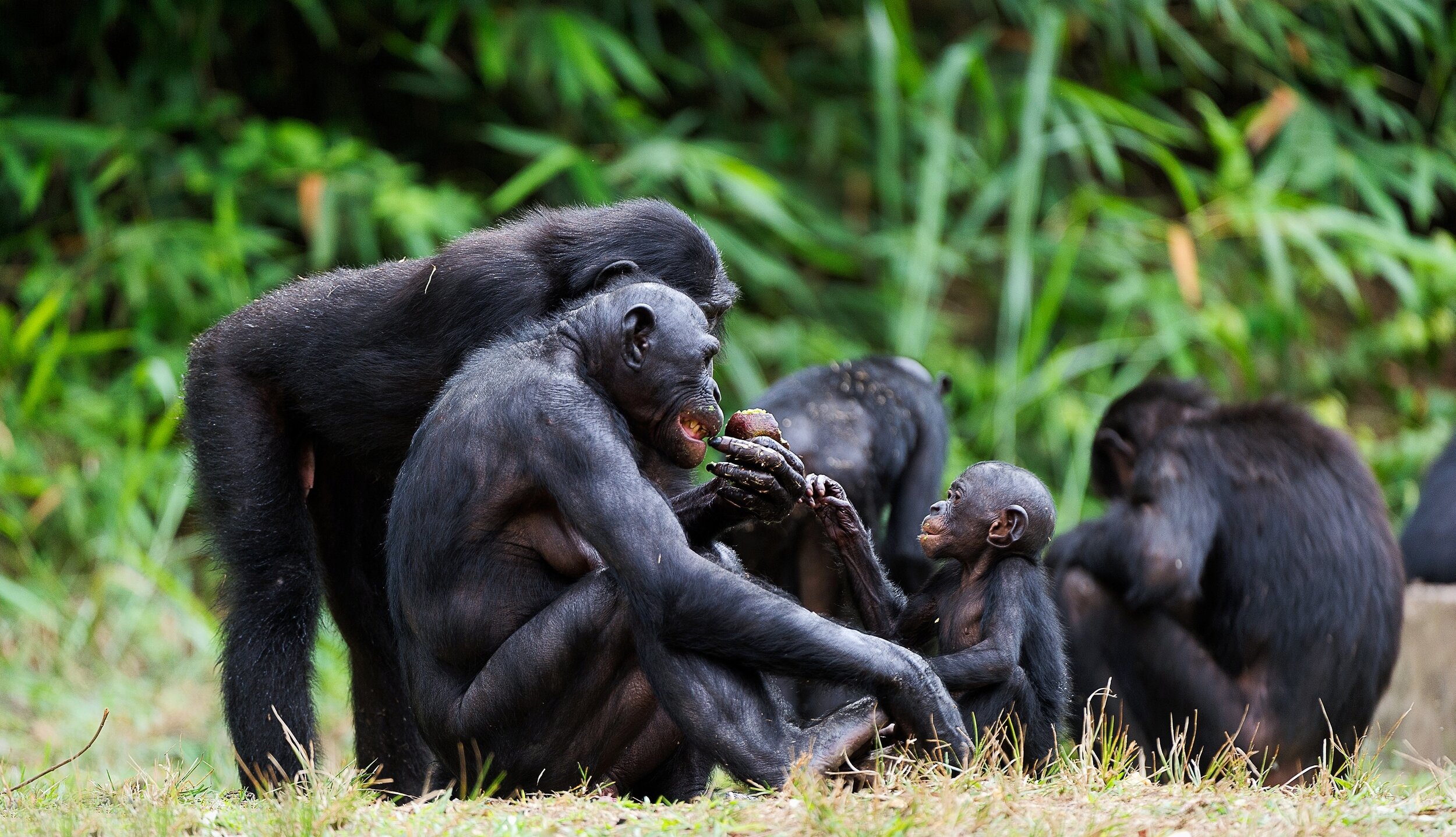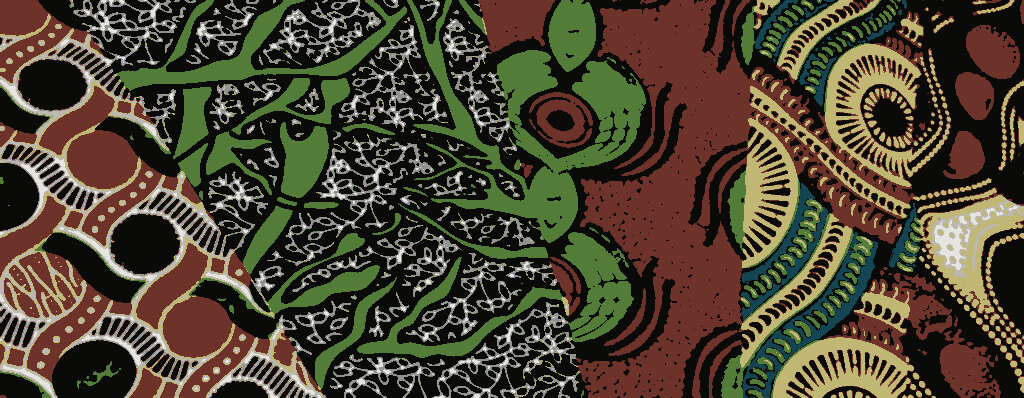
Endangered Species & Wildlife Conservation
Without healthy, thriving human communities, forests and wildlife will continue suffering threats and endangerment. Survival of endangered species depends directly on a healthy relationship between local communities and their forest home.
Endangered Species within Community Forests
Combating threats to endangered species survival is at the heart of Go Conscious Earth’s mission. We work to maintain rainforests and wildlife habitat through community-centered forestry and conservation, implementing sustainable solutions where communities, wildlife, and forest can thrive together.
Next to habitat loss, threats to endangered wildlife in the DRC include illegal wildlife trade, poaching, and bushmeat hunting. In response we work with local communities to build awareness about the importance of protecting endangered wildlife within the boundaries of their forests. This initiative dovetails with our Sustainable Livelihood initiative which promotes alternative sources of protein and alternative sources of income generation, which are integral to successfully deterring bushmeat hunting.
“If we do not do something to prevent it, Africa’s animals, and the places in which they live, will be lost to our world, and her children, forever.”

Bonobos
Sharing 98.7% of DNA with humans, the bonobo is our closest primate relative, alongside the chimpanzee. Endangered by habitat destruction, human population growth, and commercial poaching, bonobos live south of the Congo river. Go Conscious Earth works with human communities in the Lokongo region south of Lake Tumba to protect bonobo communities living within Community Forestry Concessions.
Forest Elephants
Sometimes invading the agricultural fields of the Ntomba pastoralists, Forest Elephants are endangered by poaching, habitat loss, and fragmentation. Go Conscious Earth works with communities to mitigate conflict between elephants and farmers, striving to find solutions to keep elephants safe and farmers and their families fed.
Forest elephants are elusive, inhabiting the dense woodlands of DRC. Smaller than savanna elephants, they are the most diminutive of elephant species, reaching a shoulder height less than 8 feet. Living in family groups of up to 20 individuals, and foraging on leaves, fruit, nuts, and tree bark, the forest elephant fulfills it’s role as ecological “megagardener,” shaping the land and contributing significantly to the composition and structure of the Congo Basin Rainforest.
At Go Conscious Earth, we protect wildlife by partnering with local communities dedicated to preserving the health and long-term well-being of their ancestral rainforest lands.


